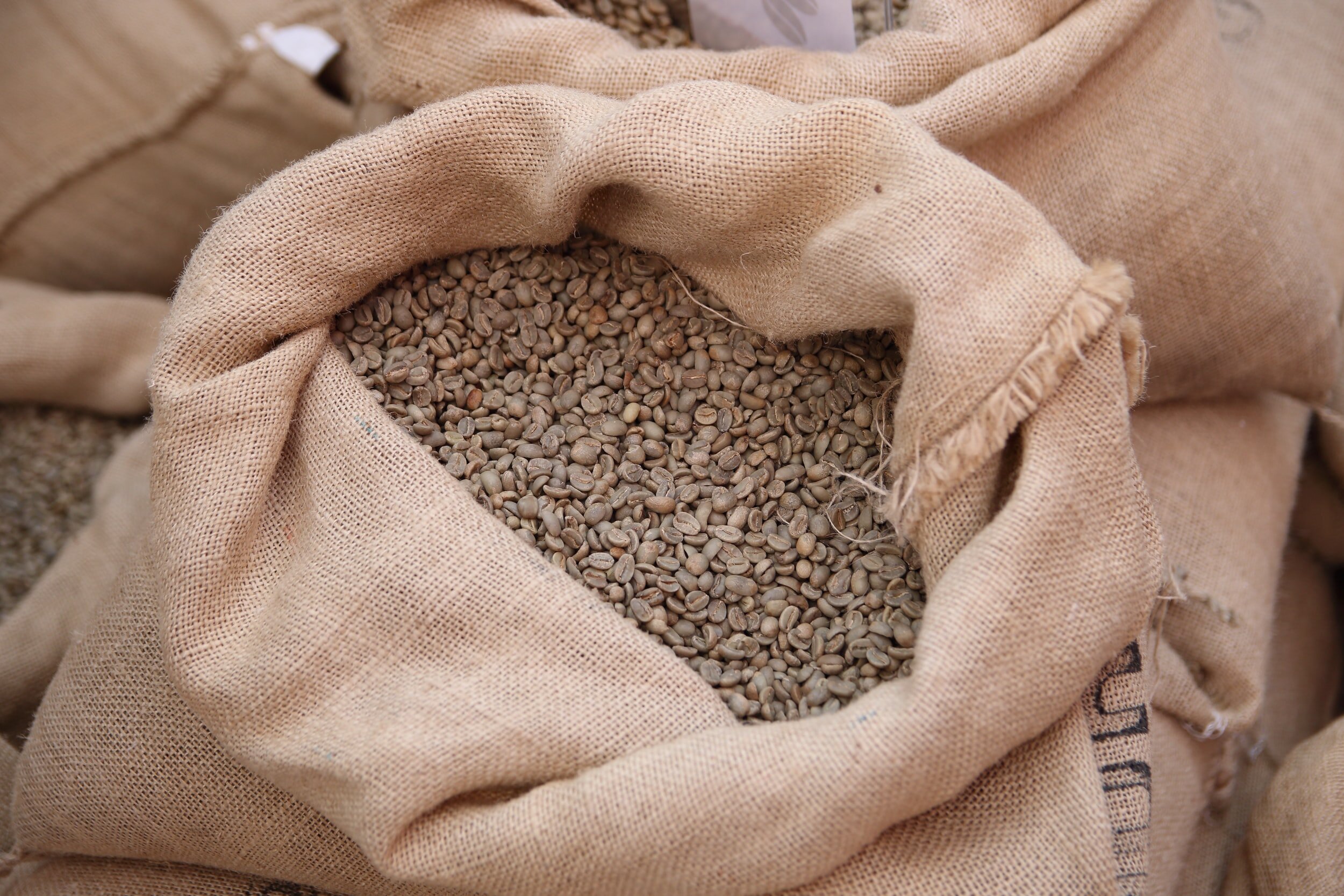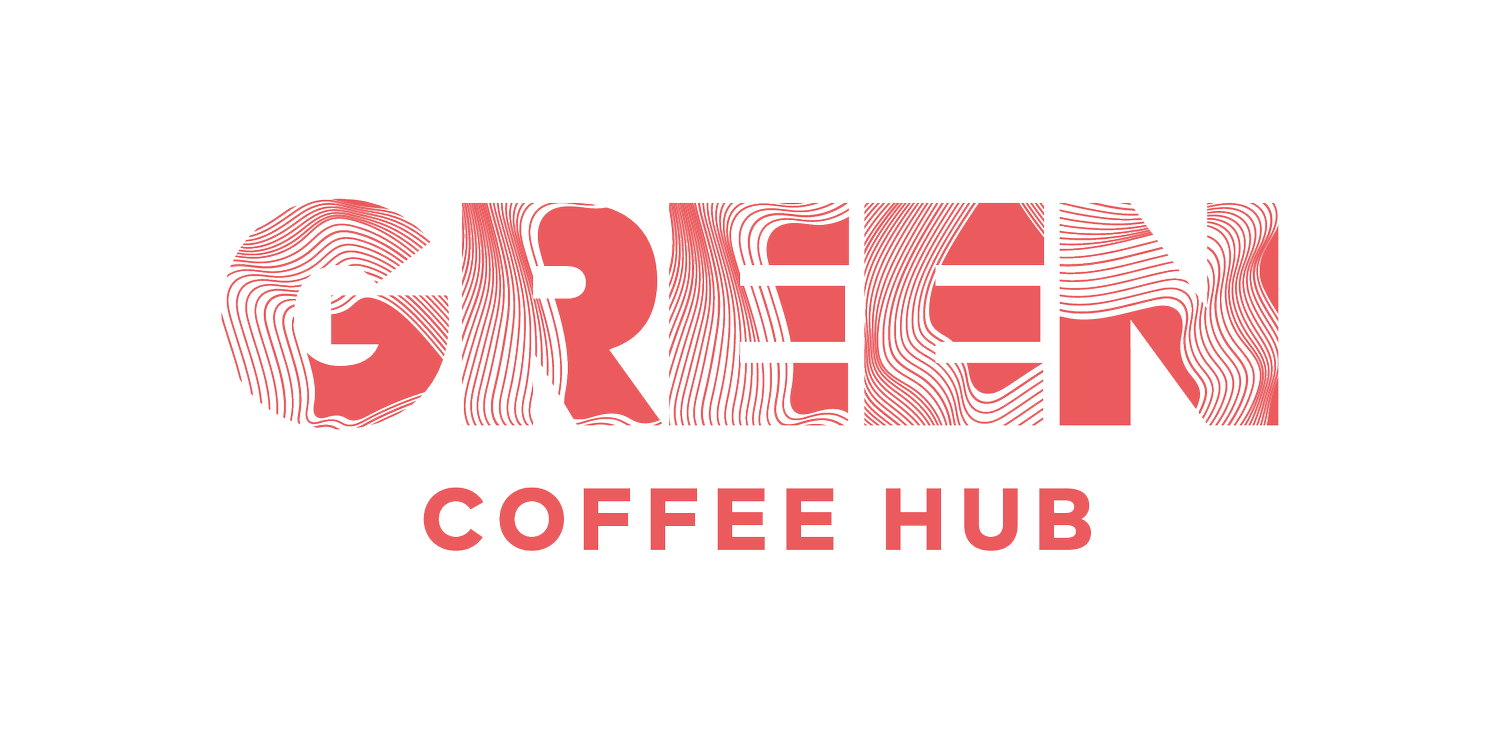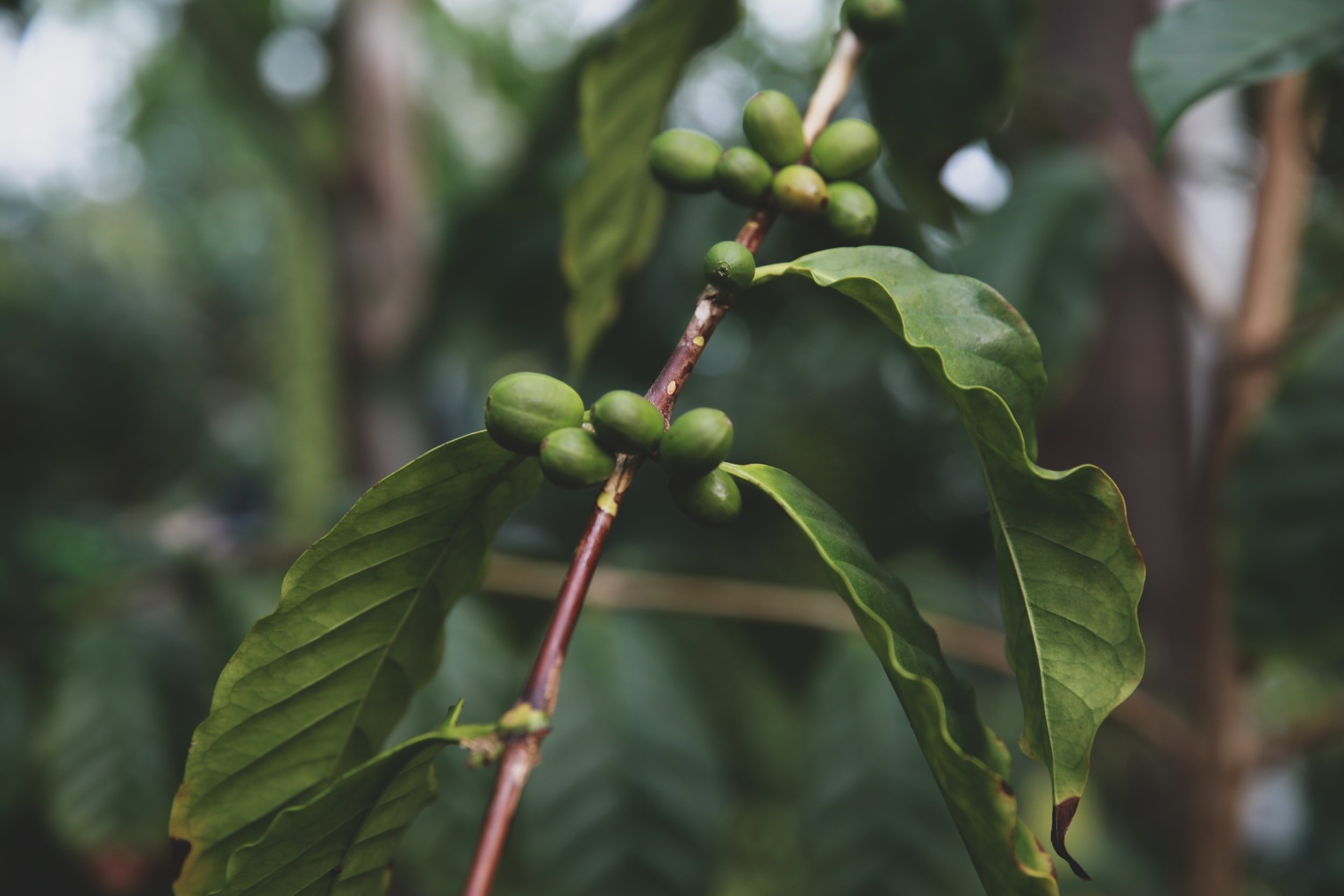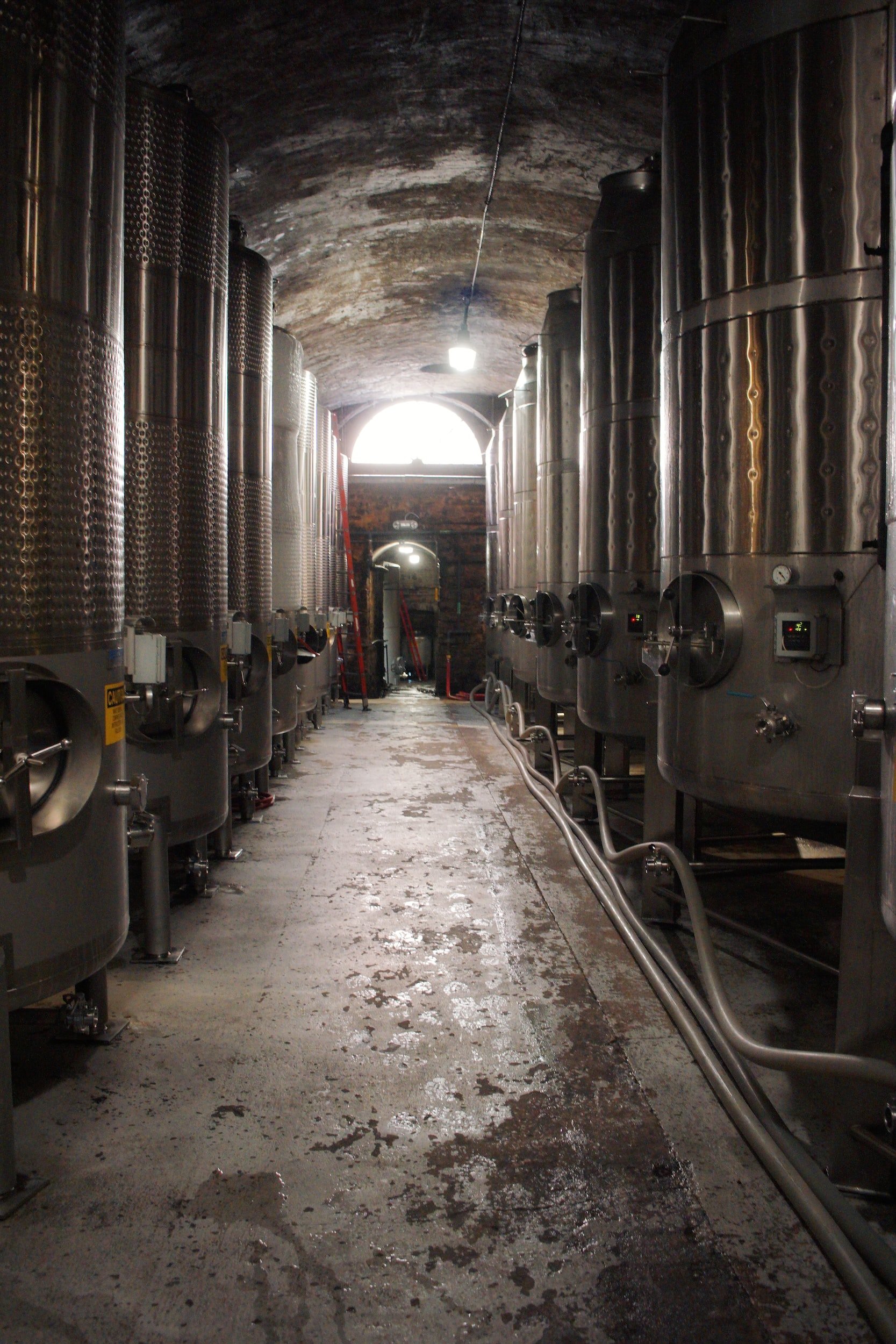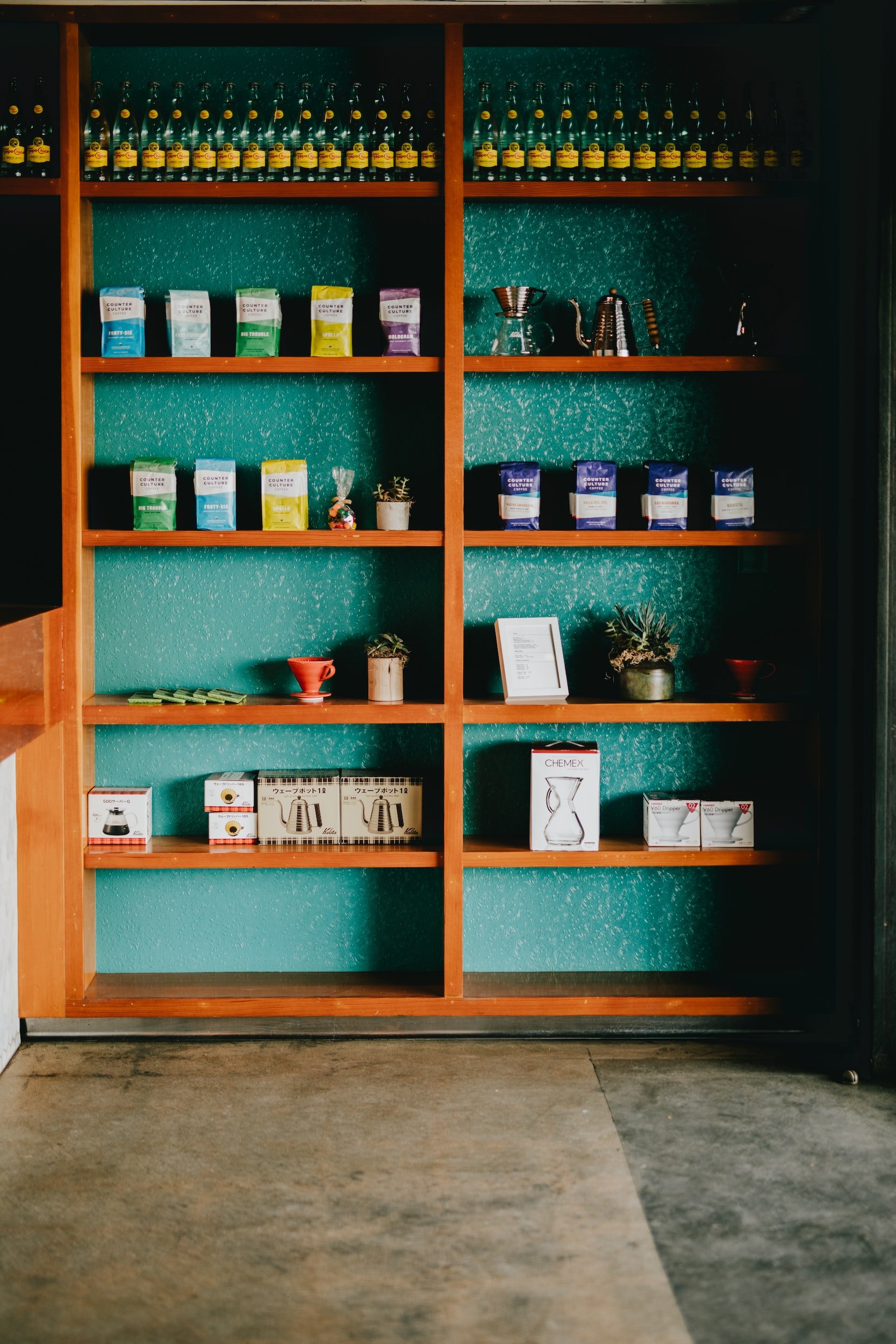
Learn
Markets are dynamic and complex—and so is coffee! These resources will help to peel back layers of understanding around the specialty coffee system, its actors, and the role it plays in creating livelihoods.
Understanding Attributes
Dr. JORGE BERNY and Dr. MARIO FERNÁNDEZ-ALDUENDA share initial results of a collaborative study examining how cuppers cup and exploring the potential impacts of a proposed component of the reengineered cupping protocol.
Since it was created in 2004, the existing SCA cupping system has become a globally recognized industry standard used by many stakeholders across the globe to assess coffee quality and to assist in the determination of a coffee’s value in contracts. Meanwhile, our understanding of sensory science and coffee’s sensorial properties, as well as the specialty coffee industry and its global context, have advanced significantly
"It's what's in the cup that matters," right? But is that actually true? The SCA's Chief Research Officer, Peter Giuliano, examines trends in consumer preference research that suggests a coffee's extrinsic attributes play a significant role in coffee choice and enjoyment by specialty coffee consumers.
Professors CARLOS CARPIO, PhD and LUIS SANDOVAL, PhD worked with BRENDA MAMANI, MSc to ask: what are the living wages in El Salvador and Honduras, and how would current total costs and profitability of coffee production be affected if farmworkers were paid living wages?
Corresponding author MATEUS MANFRIN ARTÊNCIO shares the findings of a recent paper, “A Cup of Black Coffee with GI, please! Evidence of Geographical Indication Influence on a Coffee Tasting Experiment,” published in Physiology & Behavior, confirming the significant influence an extrinsic attribute like a geographical indication has on consumers’ tasting.
Using the attributes-based definition of specialty coffee, we’ll explore how our understanding of “specialty” has widened—and will continue to widen—in the coming years as we integrate new species and new processing methods into our specialty lexicon.
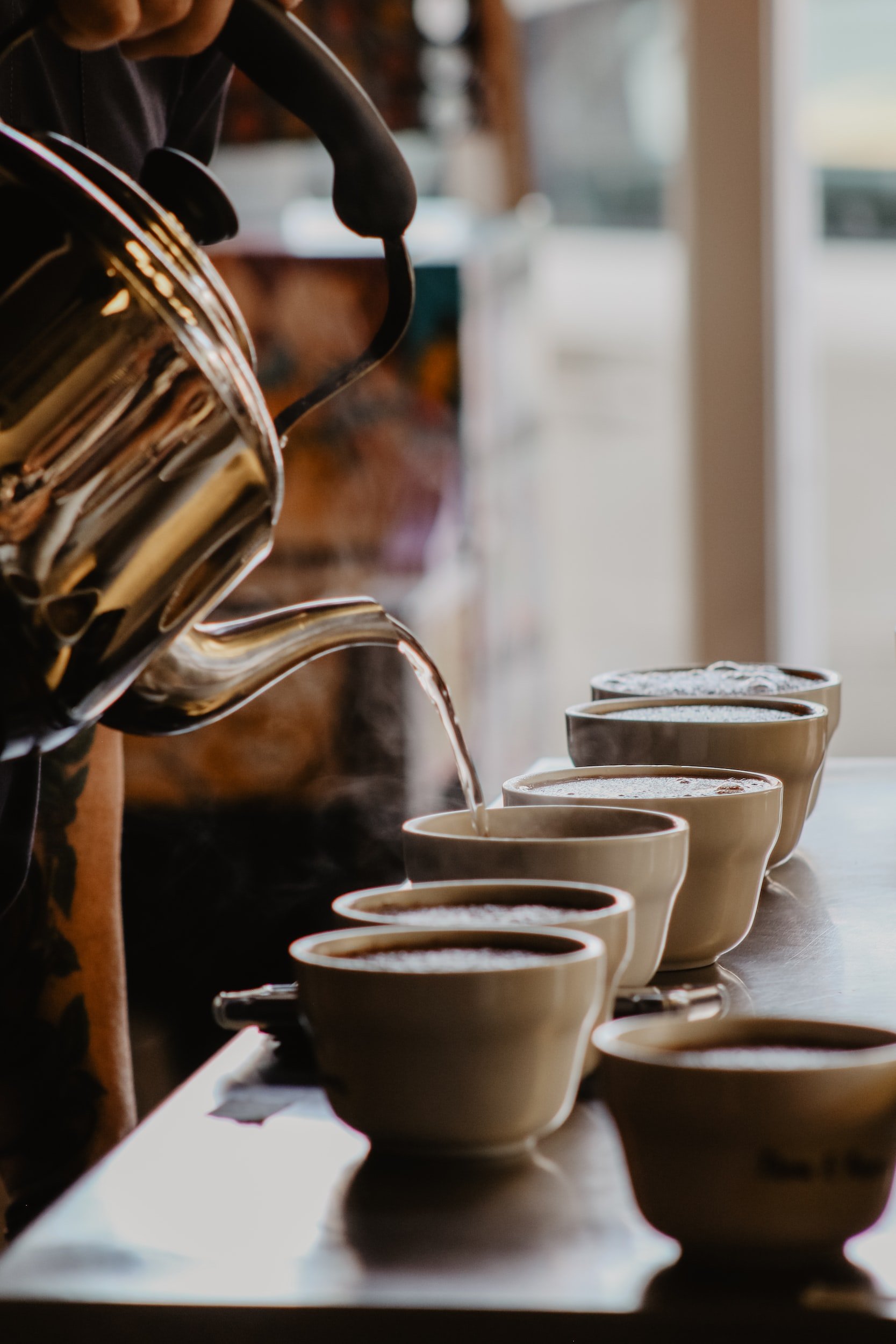
Un informe *NUEVO*
Resultados del estudio de percepcíon del usuario del protocolo de cata 2020-2021 y mejora propuesta
Desde su creación en el 2004, el actual sistema de cata de la SCA se ha transformado en una norma del secto cafetero, con reconocimiento global por parte de muchos actores interesados en todo el mundo, para evaluar la calidad del café y ayudar a determinar su valor en contratos comerciales. Mientras tanto, nuestra comprensión de la ciencia sensorial y de las propiedades sensoriales del café, así como del sector del café de especialidad y su contexto global, han avanzado significativamente →
*NEW* Report
Results of the 2020-2021 Cupping Protocol User Perception Study and Proposed Evolution
Since it was created in 2004, the existing SCA cupping system has become a globally recognized industry standard used by many stakeholders across the globe to assess coffee quality and to assist in the determination of a coffee’s value in contracts. Meanwhile, our understanding of sensory science and coffee’s sensorial properties, as well as the specialty coffee industry and its global context, have advanced significantly →
Climate & Environment
Economists DAVIDE DEL PRETE and ROCCO MACCHIAVELLO recently completed a literature review of sustainability interventions for the Coffee Science Foundation; here, with PETER GIULIANO, they summarize its findings.
SARAH CHARLES, writer, Communications Officer at the International Trade Centre, and author of a recent dissertation on mandatory supply chain due diligence, outlines the history, opportunities, and challenges of regulatory sustainability approaches while offering a path forward for coffee businesses grappling with the shift from a voluntary to a regulatory approach.
La amenaza del cambio climático, así como el impacto que se espera que tenga en los rendimientos de café en todo el mundo, preocupa especialmente al sector mundial del café en 2022.Este informe tiene como objetivo destacar algunas de las herramientas, estrategias y buenas prácticas clave que los actores de la industria del café pueden adoptar para lograr la reducción de las emisiones de carbono, así como para fomentar un debate más específico sobre métodos y resultados verificables, con el fin de aumentar la acción probada y positiva sobre el cambio climático en todo el sector del café
The ongoing threat of climate change, and the impact it is expected to have on coffee yields worldwide, is of particular concern to the global coffee sector in 2022. This report aims to highlight some of the key tools, strategies, and best practices that coffee industry actors could adopt to achieve carbon emission reduction as well as encourage more targeted conversation about verifiable methods and outcomes, in order to increase proven and positive action on climate change throughout the entire coffee sector
Corresponding author Dr. Selena Ahmed outlines the findings of a systematic review of research conducted to better understand climate change’s impact on coffee quality, what prompted the review, and what we need to research next.
Hanna Neuschwander of World Coffee Research shares an update on WCR’s 2015 F1 Hybrid candidates through the specific lens of quality.
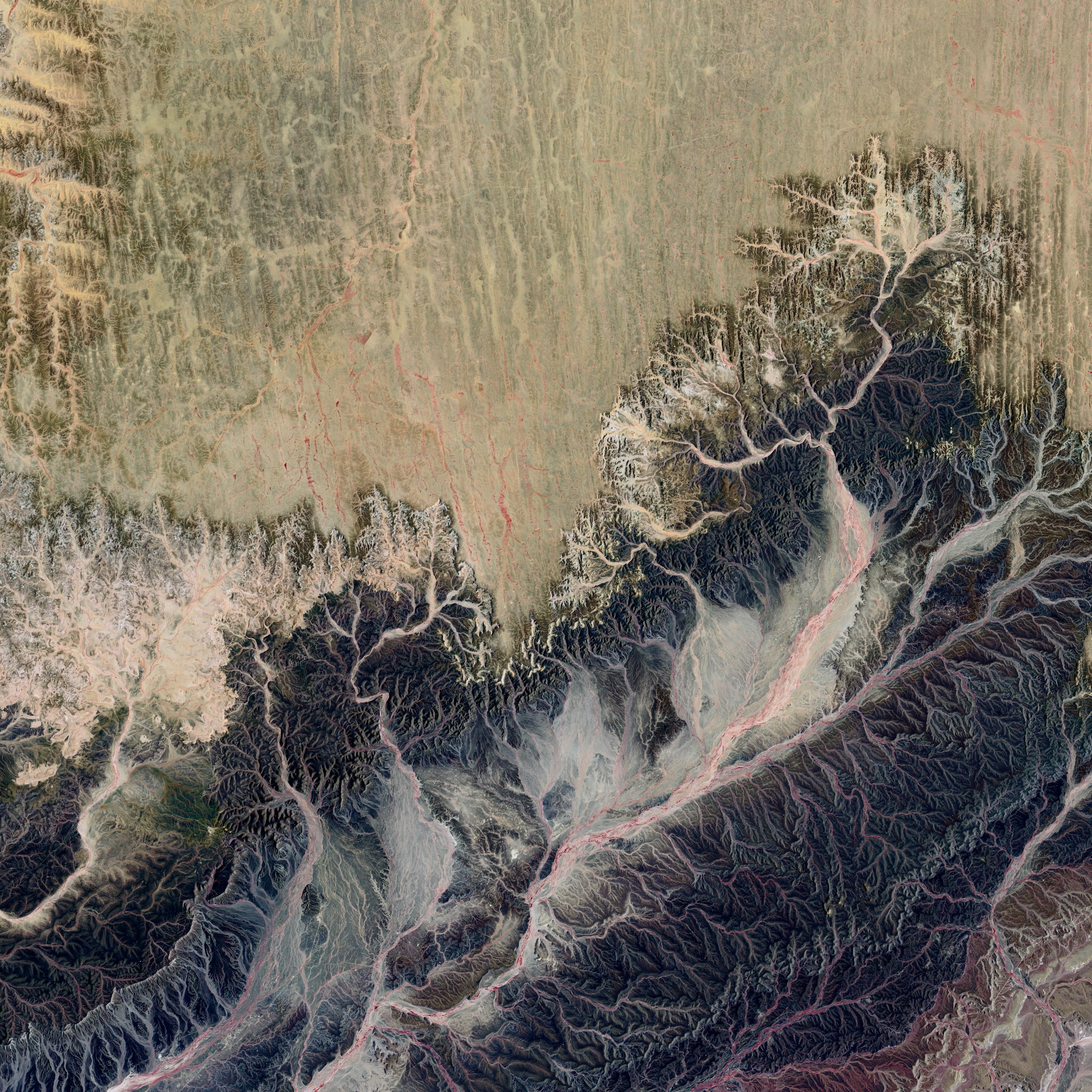
Read
What We Know (and Need to Know) About Climate's Impact on Coffee Quality
Corresponding author Dr. Selena Ahmed outlines the findings of a systematic review of research conducted to better understand climate change’s impact on coffee quality, what prompted the review, and what we need to research next →
Financing & Risk
SARAH CHARLES, writer, Communications Officer at the International Trade Centre, and author of a recent dissertation on mandatory supply chain due diligence, outlines the history, opportunities, and challenges of regulatory sustainability approaches while offering a path forward for coffee businesses grappling with the shift from a voluntary to a regulatory approach.
In recent years, impact investment allocation increased exponentially also in agricultural commodities such as coffee and cocoa. Yet, few had the chance to understand what hides behind the hype surrounding the phenomenon. Is impact investing just a buzzword, or are there concrete opportunities for operators in the coffee value chain? What approaches and synergies are best suited to access new sources of financing for sustainable coffee trade and production?
Smallholder coffee farmers face unique challenges in improving their coffee production and productivity. Recognizing this, the coffee sector has rolled out a variety of interventions and programs over the past decade (or more) aimed at enhancing productivity, profitability, and eventually, the income of these smallholder farmers. But have these programs worked?
Originating in the early 2000s as an acronym to capture non-financial areas connected to business performance, the term ESG—short for “environmental, social, and governance”—has become significantly more visible over time. While the term now appears in mainstream outlets more often than it did a decade ago, many people are still unclear on what it really means, how it differs from or aligns with sustainability, and its potential relevance for their own organizations. KELLEM EMANUELE offers an ESG primer tailored for the coffee industry.
As the word "sustainable" continues to grow in importance to consumers, it is being used in many different ways. While we're shifting our definition to encompass concepts like living income, argues Catalina Eikenberg, we're still under-utilizing tools and leverage points to help us move forward.
Jeanine Niyonzima-Aroian shares a business model to help build more sustainable communities.
Explore All Learn
Economists DAVIDE DEL PRETE and ROCCO MACCHIAVELLO recently completed a literature review of sustainability interventions for the Coffee Science Foundation; here, with PETER GIULIANO, they summarize its findings.
SARAH CHARLES, writer, Communications Officer at the International Trade Centre, and author of a recent dissertation on mandatory supply chain due diligence, outlines the history, opportunities, and challenges of regulatory sustainability approaches while offering a path forward for coffee businesses grappling with the shift from a voluntary to a regulatory approach.
MARIO R. FERNÁNDEZ-ALDUENDA, PhD explains the learnings of the evaluation phase of the SCA’s Coffee Value Assessment System work as well as an update on the pilot process at the heart of the project’s ongoing evolution phase.
There are so many possible interpretations of sustainability, with some of the more familiar driven by a particular mode of thinking or focus on a particular angle of such a complicated topic. In this series, SCA Sustainability Director, ANDRÉS MONTENEGRO, explores different sustainability frameworks in relation to the SCA’s sustainability agenda of equitable value distribution, beginning with “climate justice.”
In the second in a series of features on sustainability frameworks and their relationship to the SCA’s sustainability agenda of equitable value distribution, SCA Sustainability Director ANDRÉS MONTENEGRO explains the concept of the circular economy through the use of a doughnut-and-coffee metaphor and highlights an upcoming seminar at Re:co Symposium in Portland designed to help participants apply its principles to their own work.
Anthropologist SARAH BESKY, PhD considers the relationship between tea’s sensory lexicon and ideas of quality across tea’s colonial history and current-day trading practices, highlighting that quality is far from an objective measure—and that it must be constantly reproduced in practice, including how we choose and use words to adjudicate quality over time.
Anthropology Professor EDWARD F. FISCHER, author of Making Better Coffee: How Maya Farmers and Third- Wave Tastemakers Create Value, explains the different types of value, ways of determining worth, and how we create economic value by drawing on other sorts of values (moral, social, political, and other cultural values) through the lens of his fieldwork in Guatemala.
In this four-part series, we will hear from the authors of two recent publications by the Specialty Coffee Association, the Coffee Sensory and Cupping Handbook and the Attributes White Paper. Drawing upon advances in sensory science, the global expansion of specialty coffee, and a commitment to making specialty coffee a thriving, equitable, sustainable activity for the entire value chain, SCA speakers Kim Elena Ionescu, Dr. Mario Fernández Alduenda, Peter Giuliano, and Jenn Rugolo will make the case that the coffee industry's understanding of value has evolved over the past two decades and our tools - like the SCA Cupping Form - must evolve, as well.
In recent years, impact investment allocation increased exponentially also in agricultural commodities such as coffee and cocoa. Yet, few had the chance to understand what hides behind the hype surrounding the phenomenon. Is impact investing just a buzzword, or are there concrete opportunities for operators in the coffee value chain? What approaches and synergies are best suited to access new sources of financing for sustainable coffee trade and production?
This session pairs high-quality national data with the personal experiences of specialty coffee professionals for an overview of coffee consumption in North America in 2022: who is drinking coffee, how their preferences are changing, and which companies are growing fastest to meet that demand.
Smallholder coffee farmers face unique challenges in improving their coffee production and productivity. Recognizing this, the coffee sector has rolled out a variety of interventions and programs over the past decade (or more) aimed at enhancing productivity, profitability, and eventually, the income of these smallholder farmers. But have these programs worked?
This session paired high-quality national data with the personal experiences of specialty coffee professionals for an overview of coffee consumption in the UK and Europe in 2022: who is drinking coffee, how their preferences are changing, and which companies are growing fastest to meet that demand.
A brief overview of the current state of coffee fermentation science, hosted in partnership with The Fermentation Association, featuring Dr. Mario Fernández, Felipe Ospina, and Rubén Sorto.
Dr. JORGE BERNY and Dr. MARIO FERNÁNDEZ-ALDUENDA share initial results of a collaborative study examining how cuppers cup and exploring the potential impacts of a proposed component of the reengineered cupping protocol.
Desde su creación en el 2004, el actual sistema de cata de la SCA se ha transformado en una norma del secto cafetero, con reconocimiento global por parte de muchos actores interesados en todo el mundo, para evaluar la calidad del café y ayudar a determinar su valor en contratos comerciales. Mientras tanto, nuestra comprensión de la ciencia sensorial y de las propiedades sensoriales del café, así como del sector del café de especialidad y su contexto global, han avanzado significativamente
Since it was created in 2004, the existing SCA cupping system has become a globally recognized industry standard used by many stakeholders across the globe to assess coffee quality and to assist in the determination of a coffee’s value in contracts. Meanwhile, our understanding of sensory science and coffee’s sensorial properties, as well as the specialty coffee industry and its global context, have advanced significantly
"It's what's in the cup that matters," right? But is that actually true? The SCA's Chief Research Officer, Peter Giuliano, examines trends in consumer preference research that suggests a coffee's extrinsic attributes play a significant role in coffee choice and enjoyment by specialty coffee consumers.
Corresponding author MATEUS MANFRIN ARTÊNCIO shares the findings of a recent paper, “A Cup of Black Coffee with GI, please! Evidence of Geographical Indication Influence on a Coffee Tasting Experiment,” published in Physiology & Behavior, confirming the significant influence an extrinsic attribute like a geographical indication has on consumers’ tasting.
Using the attributes-based definition of specialty coffee, we’ll explore how our understanding of “specialty” has widened—and will continue to widen—in the coming years as we integrate new species and new processing methods into our specialty lexicon.
In late 2018, scientists rediscovered Coffea stenophylla— a species unrelated to either Arabica or robusta—in the wild in Sierra Leone, and later confirmed century-old reports of its high cup quality. This rediscovery, and other events, have reinvigorated discussion about the role of non-commercial and underutilized species in the future of coffee. Learn more from a panel of experts on wild coffee: Dr. Aaron Davis, Dr. Sarada Krishnan, Dr. Vern Long, and Dr. Katherine Kiwuka, moderated by Hanna Neuschwander.
The current coffee processing revolution offers us means to improve the live of coffee growers and processors not just through direct product improvement, but through a new, powerful narrative that can drive more respect, and value, back to producers. But, says Joel Schuler, it requires a paradigm shift, one we can only make if we ask—and collectively answer—many questions, and a movement towards parity.
As more consumers come to the coffee-laden table, our collective preferences haven’t just shifted; they’ve fragmented. The “emerging market” isn’t limited to tea-drinking cultures—new markets are also emerging in coffee-producing regions as well as with new consumers groups in more traditional, established markets.
While the use of wild coffees is still years away from commercialization, another coffee species already makes up 40% of coffee's global production: Coffea robusta. Lower global demand and limited recognition of robusta's quality potential has stifled investment in exploring the opportunities of specialty robusta, but in the face of climate change, it feels as if its time has come. Emi-Beth Aku Quantson makes the case for reframing robusta as a specialty product across impacts from farmer livelihoods to consumer preferences.
Make a quick list of the countries you know are experiencing exponential growth of coffee consumption and a blossoming specialty coffee scene: does it include Israel? If not, it should. Using her experience studying specialty coffee in France (a traditional market) and Brazil (a domestic market), Noa Berger shares more about an exciting intersection of cultural identity and specialty coffee driving the growth of the Israeli specialty coffee market.
Do we really understand the impact of the attributes-based definition of specialty coffee on what is now "specialty"? Jenn Rugolo, the SCA's Curatorial Director, examines the impact categorization has on our perception of the world and explains why the new definition of specialty coffee released by the SCA in 2021 gives us more opportunities to deliver on specialty's promise.
Coffee's interest in understanding multimodal perception on coffee experiences has most recently focused on cup shape, size, and weight or environmental ambiance like color, music, and texture. As home coffee consumption continues to increase even as pandemic restrictions ease, so too has our interest in understanding packaging (an element of the coffee experience making its way consistently into the home) through a multimodal lens. Dr. Fabiana Carvalho introduces an ongoing study, conducted in collaboration with the Coffee Science Foundation, exploring the effect of packaging on the perception of specialty coffee and explains why we need to expand our concept of "functional" packaging beyond simply keeping coffee fresh.
As the word "sustainable" continues to grow in importance to consumers, it is being used in many different ways. While we're shifting our definition to encompass concepts like living income, argues Catalina Eikenberg, we're still under-utilizing tools and leverage points to help us move forward.
As we grapple with our own definition of “specialty,” Pauline Vicard shares ARENI’s journey of defining “fine wine” and explores opportunities for mutual learnings between industries.
What impact does the Alliance for Coffee Excellence and the associated Cup of Excellence competition have on coffee farmers and roasters?
Corresponding author Dr. Selena Ahmed outlines the findings of a systematic review of research conducted to better understand climate change’s impact on coffee quality, what prompted the review, and what we need to research next.
